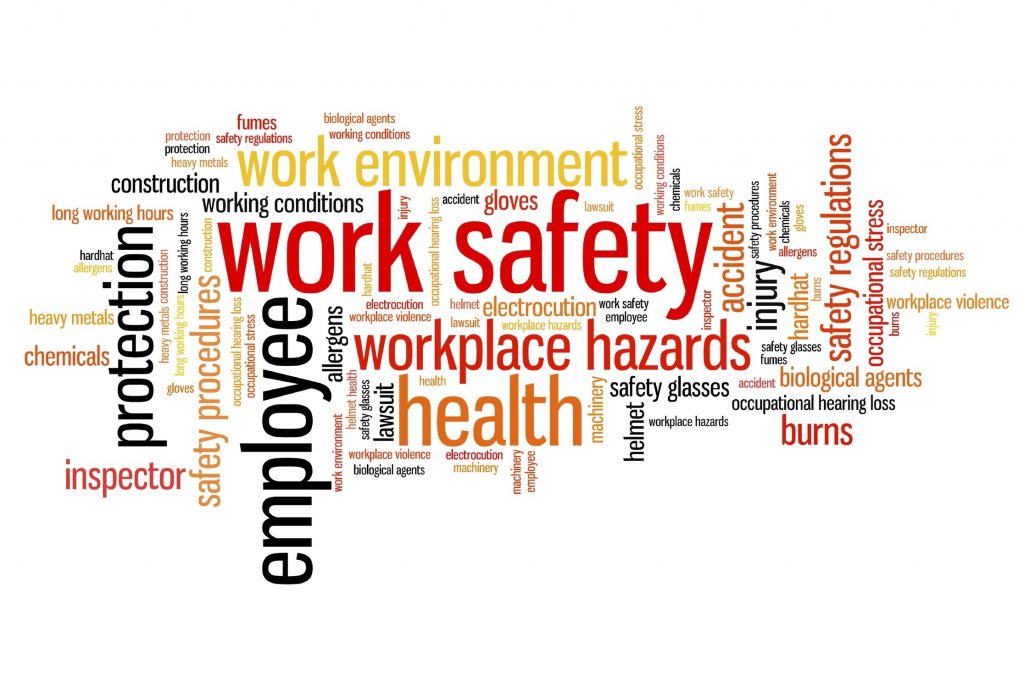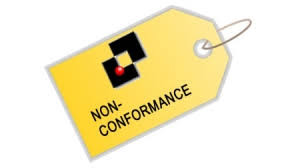I recently posted how a project I am involved in had achieved a major milestone – 10 million LTI free man-hours. This is a fantastic achievement and a real statement of our continued commitment to ensuring that all employees are working in a safe manner and everyone is able to return home at the end of their working day.
 There was the usual, and worthwhile, announcement from Senior Management congratulating everyone in achieving this milestone. This attitude to safety runs from the most senior to the most junior of employees. Whether you are the CEO or the janitor, we all have a responsibility to look out for our own, and our colleagues, safety. This type of announcement is typical in my industry. Similarly, every project I work on has HSE incentives where employees are rewarded for the project achieving certain HSE milestones. This has ranged from new gym equipment fitted on vessels to iPads and the like being awarded to employees who have actively engaged in the safety process (issuing STOP cards, leading by example by displaying safe working practices for example). I have absolutely no issue with that, it’s important that people are able to go to work knowing that they are going to be kept safe, BUT…
There was the usual, and worthwhile, announcement from Senior Management congratulating everyone in achieving this milestone. This attitude to safety runs from the most senior to the most junior of employees. Whether you are the CEO or the janitor, we all have a responsibility to look out for our own, and our colleagues, safety. This type of announcement is typical in my industry. Similarly, every project I work on has HSE incentives where employees are rewarded for the project achieving certain HSE milestones. This has ranged from new gym equipment fitted on vessels to iPads and the like being awarded to employees who have actively engaged in the safety process (issuing STOP cards, leading by example by displaying safe working practices for example). I have absolutely no issue with that, it’s important that people are able to go to work knowing that they are going to be kept safe, BUT…
Yes, there is a BUT, I’m sure you’re not surprised by that at all. Here is my point. Of all the projects I have worked on over the last 10 years I cannot honestly recall one occasion where an announcement has been made about a ‘Q’ related milestone. Neither have I heard of any incentives for ‘Q’. I’d like to use the NCR process to demonstrate my point. NCRs are used to highlight a quality failing but they should also be used as a basis for a solid RCA and, furthermore, an opportunity to review processes and procedures and identify opportunities for improvement. An NCR can be applied to any function in any type of organisation, it is not reserved only for manufacturing environments. I’m afraid that NCRs appear to have become an accepted norm. It’s like certain functions/organisations EXPECT to deal with at least one NCR during a process and, when that time comes, I am sometimes left dumbfounded by the reaction and lack of attention the NCR gets. Perhaps here there is an opportunity to improve the approach and attitude towards quality. If we were to make announcements at the beginning of the project that we have a ZERO NCR target, much like we have a ZERO LTI target and, budget permitting, if we incentivised the workforce (including our suppliers), then perhaps we would start to see a change in the attitude towards quality. It should not be an accepted norm that there will be quality issues and that ‘we will cross that bridge when we come to it’. Nor should those functions and/or organisations on the receiving end of an NCR be allowed to merely pay it lip service. It should also be remembered that NCRs are not only there to be issued to external parties. Much like STOP cards, we should be equally unafraid to issue internal NCRs where we see processes and procedures are not being followed correctly. In my opinion, it is not only down to the Auditors to highlight failings in our systems, we all have a responsibility and a valuable input into how our organisation performs.
I tried to rate HSE and Q in order of priority prior to writing this article and it proved to be tougher than I expected. I hope that recent events at major organisations (Nissan and KOBE in my first article for example) will see a spotlight return to quality. Similarly, the recent collapse of Carillon is a timely reminder that organisations need to maintain an equal emphasis across all areas of QHSE, perhaps if a few more internal NCRs had been issued then things may not have turned out the way they did, we will never know. I’m all for people going to work and going home safely at the end of the day, but without a job to go to……

